-
20 December 2016
- From the section In Pictures
Date: Tue, 20 Dec 2016 18:37:36 +0100
In pictures: Yemen's displaced women and girls
Yemen's war between forces loyal to the internationally-recognised government of President Abdrabbuh Mansour Hadi and those allied to the Houthi rebel movement has devastated tens of thousands of lives through death, injury and displacement.
Women and girls constitute half of the 2.18 million people who have been internally displaced. Here are stories of some of them now living in the Dharwan settlement, outside the capital, Sanaa.
 UNHCR/M Hamoud
UNHCR/M Hamoud Grandmother Aliah complains about the scarcity of food, water and health care. She relies on her son-in-law's earnings of $4 (£3) per day to support three generations of the family who have all fled from Hudaydah province. An estimated 14 million people are considered food insecure and seven million severely food insecure, with malnutrition widespread.
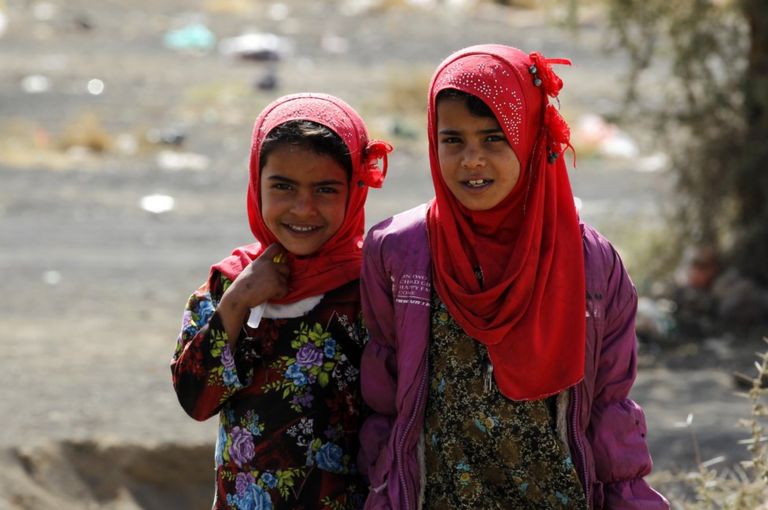 UNHCR/M Hamoud
UNHCR/M Hamoud
Muna and Sakina from the northern rebel stronghold of Saada fled with their mother and three siblings to the Dharwan settlement last year after losing their father. The conflict has taken a harsh toll on civilians and an average of 75 people are either killed or injured every day.
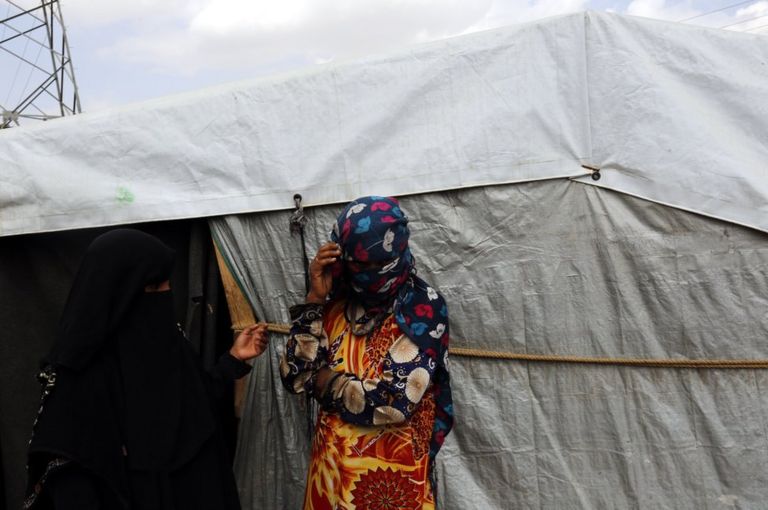 UNHCR/M Hamoud
UNHCR/M Hamoud
For Safiah, life has changed irrevocably since the start of the conflict. She fled with her husband and five children from their home in Saada for the safety of a camp for displaced people in nearby Hajjah. The camp was subsequently attacked and she lost her son in the incident.
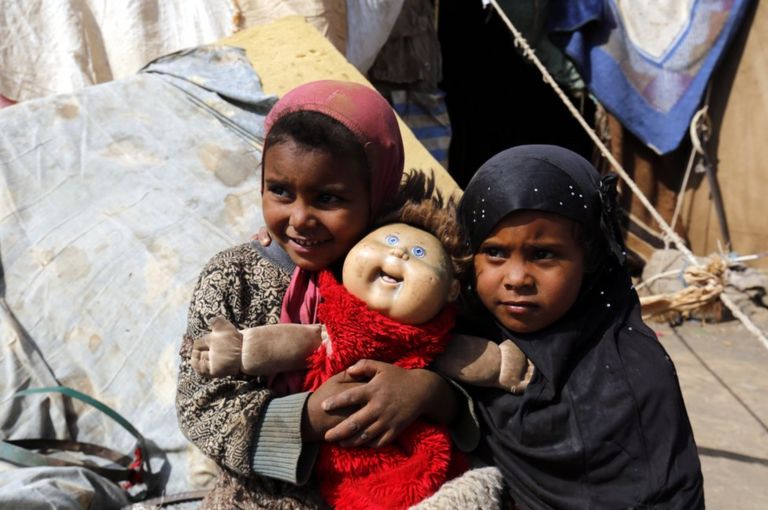 UNHCR/M Hamoud
UNHCR/M Hamoud
Sisters Dalal and Radha from Saada cling onto one of their only toys. Four and three years old respectively, they have lived half their lives through war and displacement. Their father tries to make ends meet by selling a locally grown narcotic leaf called Khat.
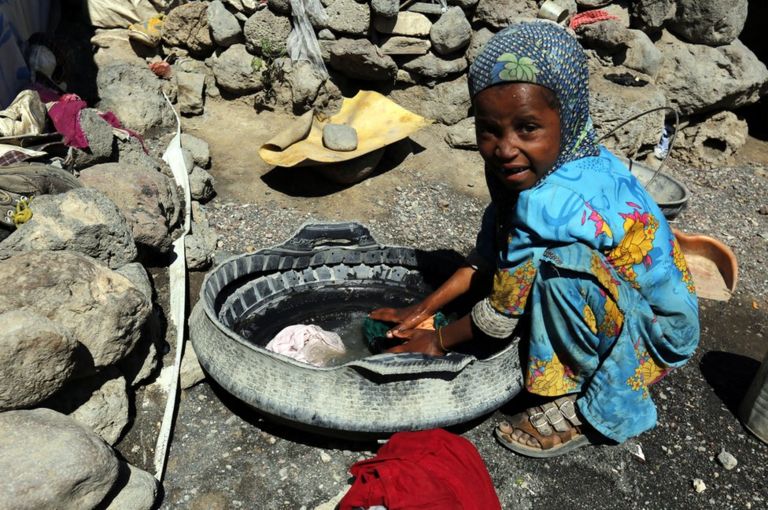 UNHCR/M Hamoud
UNHCR/M Hamoud Seven year old Inaas longs to return home and play with her friends next door, but having lost her father she now has to help her newly widowed mother with daily household chores instead. More than 10% of Yemen's conflict-displaced households are headed by females, with almost 3% headed by girls under the age of 18.
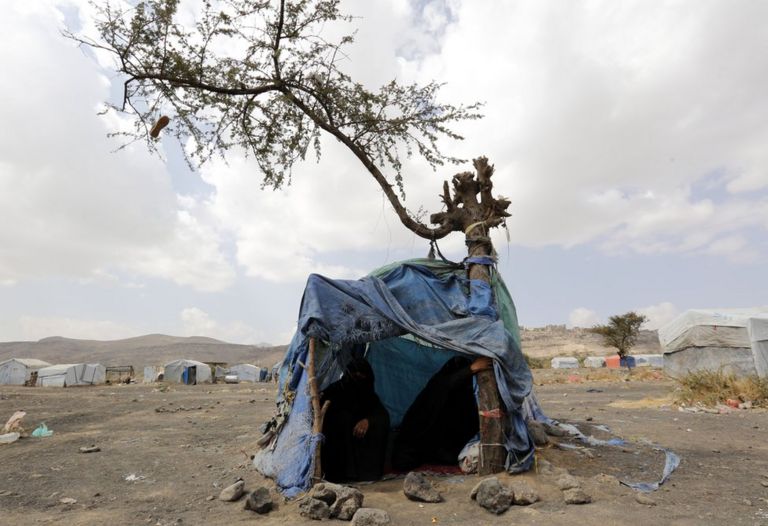 UNHCR/M Hamoud
UNHCR/M Hamoud
50-year-old widow Masuda and 47-year-old Taqiah from Amran pass time under the shade of a makeshift tent at the Dharwan settlement. Nineteen per cent of Yemen's 2.18 million displaced individuals live in informal settlements or collective shelters such as public or religious buildings and schools.
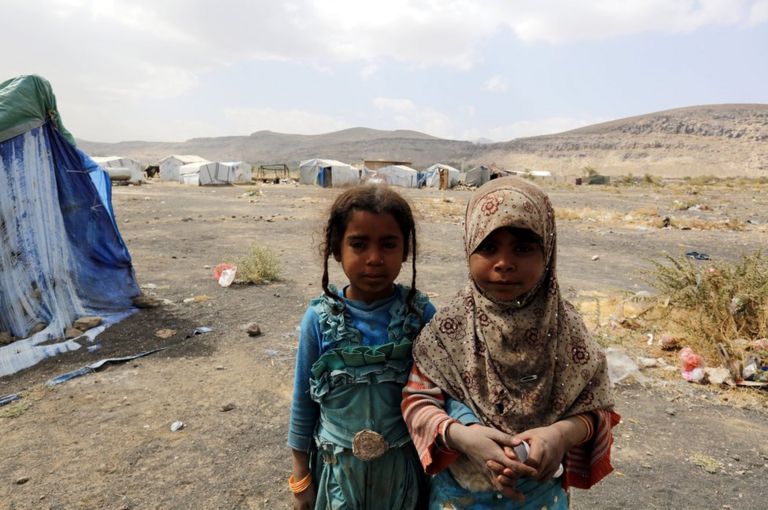 UNHCR/M Hamoud
UNHCR/M Hamoud
"We want to go back home and go to school," say sisters Mariam, eight years old, and Sukaina, seven years old, from Al Jawf. Some two million children in Yemen are now out of school and missing out on an education as a result of the conflict.
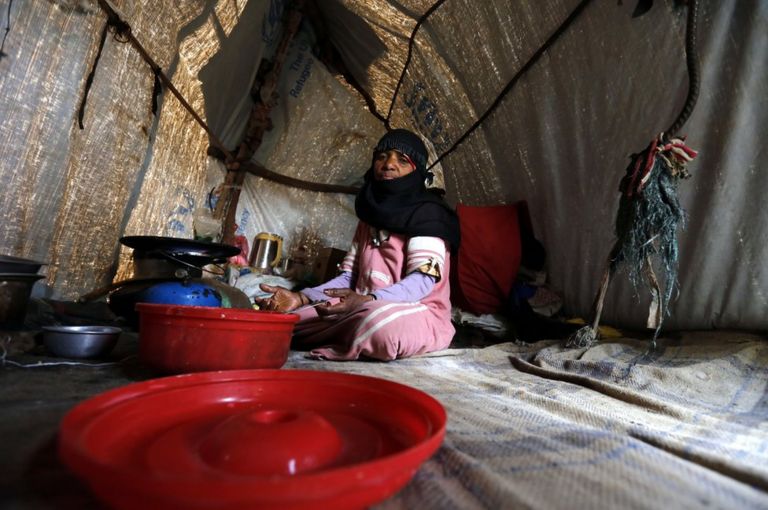 UNHCR/M Hamoud
UNHCR/M Hamoud
"I send all my children to beg for food every day," says 50-year-old widow and mother of eight, Zahrah from Saada. Deteriorating conditions and prolonged conflict is forcing families without livelihoods to make particularly difficult decisions for their children, exposing them to risks of abuse and exploitation.
 UNHCR/M Hamoud
UNHCR/M Hamoud
Seven-year-old Khulood from Hudaydah sits among a scrapheap at the Dharwan settlement. She occasionally resorts to begging by the roadside or at the market to help her father provide enough sustenance for the family.
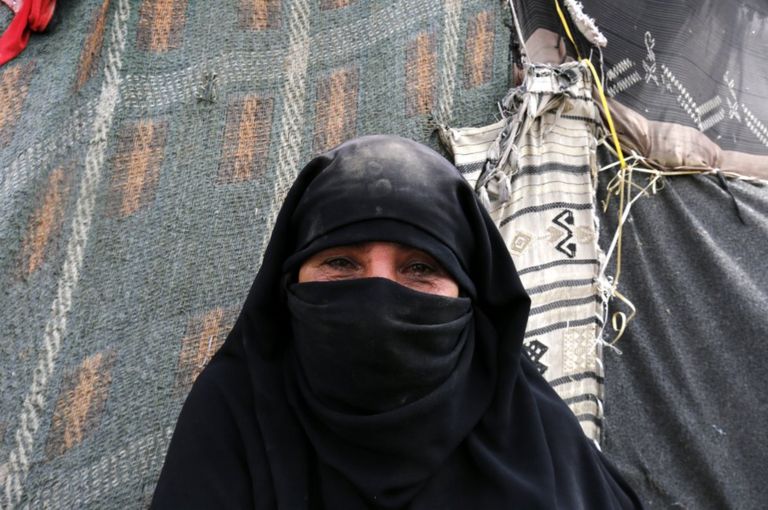 UNHCR/M Hamoud
UNHCR/M Hamoud
Masuda, who fled from Amran after her house was destroyed, becomes teary eyed when reflecting on her current condition: "cold, hungry and without assistance". She relies on the generosity of her neighbours to help feed her.
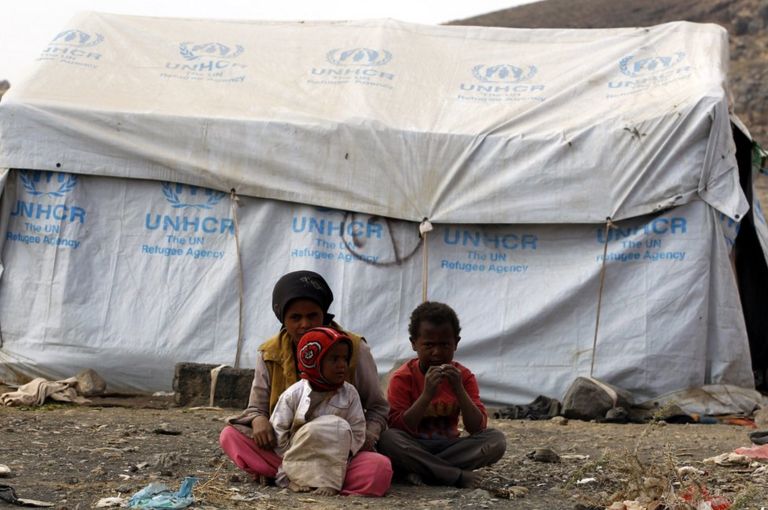 UNHCR/M Hamoud
UNHCR/M Hamoud
Twelve-year-old Najmah keeps watch on her two brothers, eight-year-old Ahmed and two-year-old Fahd. The senior UN official in the country, Jamie McGoldrick, said: "The humanity doesn't work anymore here. The world has turned a blind eye to what's happening in Yemen."
Photographs by Mohammed Hamoud; captions by Shabia Mantoo, UNHCR spokesperson for Yemen